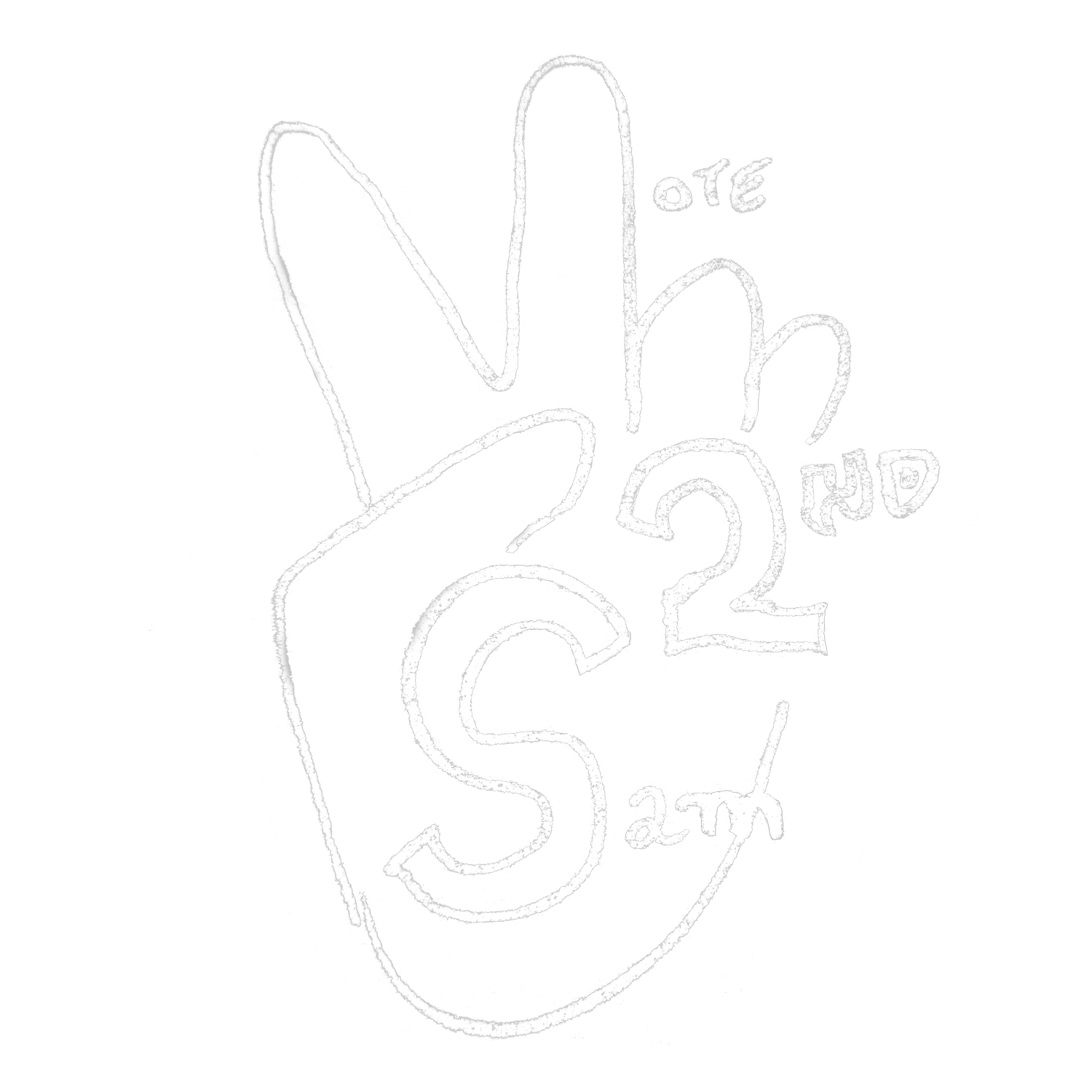2. Better Buses
Page currently under construction. These are living documents, so are updated frequently.
2.1: Install a designated bus lane (for all types like private shuttles, Redline, Airporter, UniHopper, and emergency vehicles, etc.) along all major or heavy traffic roads, starting with Davey and Macquarie Street.
This would be done by converting vexatious on-street parking (how many times have you hit the brakes in peak-hour because someone was reverse parking on a major road) by painting in green over the former parking spaces, removing the ticket machines (to be used elsewhere or sold), and “shaving off“ the intersection “crossing bumps“.
This will improve the speed at which already existing buses travel, meaning more frequency, so the money you already pay is more efficient. This could potentially be extended to a free City Bus Loop (for all bus operators) during peak tourist seasons.
2.2: Implement pre-paid Park-&-Ride System in surrounding localities that benefit those localities (such as locally operated coffee pop-ups at the depot).
[details shortly]
2.3: Create architecturally unique, inventively engineered overpasses and/or underpasses or tunnels to streamline traffic flow along major roads by remedying the intersection stop-starting.
While something of a “Blue Sky“ idea, given we can’t widen roads because of buildings, homes, environment, or geography (and not forgetting that, like parking, if you build more it just gets filled because the underlying challenges aren’t addressed) the only practicable solution is to make pre-existing infrastructure better. In this case by eliminating the issue that intersections have on traffic flow, and improving pedestrian safety.
The designs of these passes (which necessarily will have pedestrian, bike, scooter, and mobility access) would pay homage to their local environment and heritage using different materials,. plants, and textures, each one unique to the “story“ of it’s area (especially the stories of Tasmanian Aboriginal Peoples). They would also act as pop-up spaces or art installations, a testament to local ingenuity and even a tourist attraction!
2.4: Make Hobart an actual walkable city, a “5 Minute City” (five minutes to the shops, five minutes to daycare, etc.), by closing to car and bus traffic Liverpool Street to Brisbane Street, and Harrington Street to Argyle Street.
This would start by closing Liverpool Street, because a bisected city with alfresco dining right next to traffic jams belching exhaust is not a great experience for residents or visitors alike. Add to this the bars and clubs along Liverpool Street, with their clientele not uncommonly walking right onto the road at night after a few beverages…
Retractable bollards could be installed at the entrances to the streets, which could be lowered by emergency vehicles. And the case could be made for deliveries to be conducted at certain times in which the bollards are lowered again as is common in Europe.
This in conjunction with the adoption of Mixed Use Missing Middle style development, and the improvement in PT, the root cause and concerns of lack of parking are addressed by it simply not needing to exist within a certain proximity of the city. In the fullness of time this “People Only“ zone would expand to encompass more of the city and it’s surroundings.
